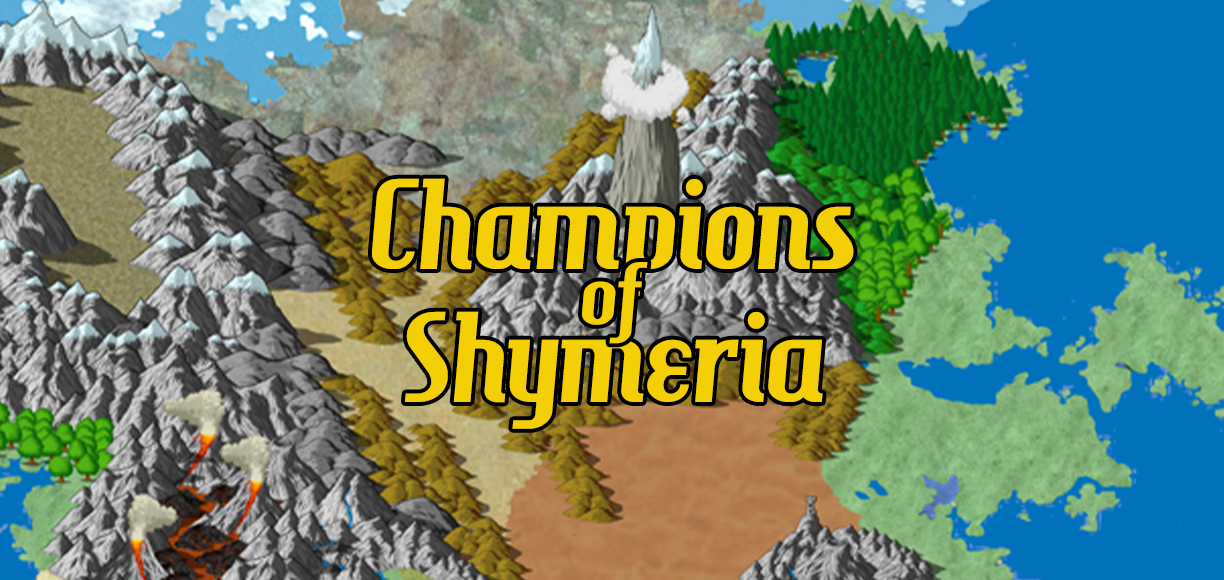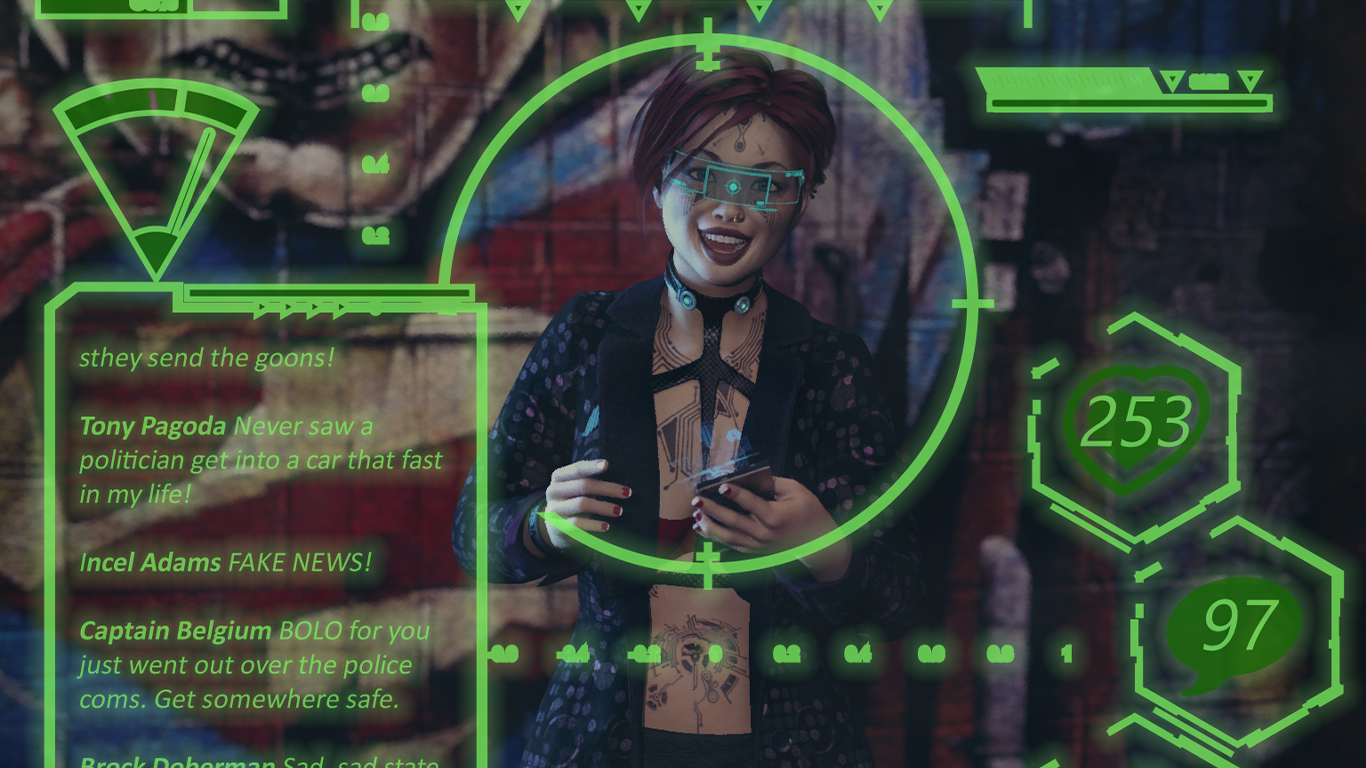We may earn money or products from the companies mentioned in this post.
For a while now I’ve been working on a game called Guardians of Shymeria, which was going to be the setting for the Sample of Play Theater game in the Cinemechanix rulebook. The basic idea was “He-Man meets Heavy Metal,” with 80s cartoon characters (because I really wanted to steal a rule Josh Burnett had come up with where characters had to have an action figure gimmick) having their happy Saturday Morning Cartoon existence destroyed when villain more along the lines of Blackthorn from Ralph Bakshi’s Wizards than Skeletor decides he wants to rule the world. I wrote parts (mostly the easy ones) of the rules and ran it at several conventions, but it didn’t quite gel. Part of the problem was that the nature of con games meant that the larger background was mostly ignored in favor of dungeon-crawl/fight the monster type games, but I also kept running into problems when I tried to write the parts of the setting where the worlds collided. I just couldn’t find a way to make the extremes fit together in a coherent way.
The set-up works alright if you think of it as a story: The characters start out in their happy Saturday Morning Cartoon Kingdom, where the Good Guys beat the Bad Guys and learn a valuable lesson every episode. Then they venture out into the wilderness where they have to face real dangers and situations where Good and Evil isn’t so clearly defined. Just as they’re starting to get their bearings, True Evil comes out of the West with an army of monsters to crush everything they believe in or care about. The problem, as I have to tell nearly every writer when they submit their first game supplement or (especially) adventure is that a game supplement is not a novel. In a story, the characters can experience these reality shifts in terms of experience and perception. In a setting guide, the three realities have to coexist in a believable way. I thought I could do it with geography–this part of the world is Kid Friendly, this part of the world is Morally Gray, and this part of the world is Metal As Fuck–but it didn’t work. Every attempt to make them fit together killed the tone and raised questions with no good answers.
At DieCon this year, I mentioned the problems I was having with establishing a tone for the game to Leighton Connor and Jeffrey Johnson, telling them that the best bet might be to pick a tone and stick with it. Either it would be a straightforward He-Man game or it would be more of a “A Peanut Scorned” re-imagining of He-Man through the lens Bakshi, Frazetta, Heavy Metal, etc. We discussed the options with no real solution or resolution for a while. At some point, Jeffrey said something to the effect of “Maybe it should be 3 games,” which Leighton and I immediately dismissed because we thought he meant some kind of “official storyline” type set-up like White Wolf used to do.
Fortunately for us, Jeffrey is persistent. We didn’t really grok what he meant, so he kept circling back to it and trying to make us understand. If I remember correctly, we talked for an hour or so, left the hotel for dinner, and were finished eating before we finally started to understand what he was trying to tell us rather than what we assumed he was trying to tell us. Once we finally stopped swimming in dumbass, it made perfect sense: It’s 3 games.
Just in case you’re as dumb as Leighton and I, by “3 games,” Jeffrey meant 3 distinct games. Each one is a complete game that can be played by itself. One game is a straightforward Saturday Morning Cartoon. Another is the Metal As Fuck epic fantasy war story where characters ride into battle on their dragons with “Immigrant Song” blasting in the background. The third game was more difficult to pin down at first, but as we talked it through it became by far the most interesting. The morally gray game is something along the lines of “Game of Thrones, but with dumb names and action figure gimmicks.”
Each game stands alone, but you can play all three in order to create the kind of story that I started out wanting to do. You’re probably asking “Doesn’t that lead to the same tonal dissonance that kept it from working as a single game?” My answer to this question that you’re only asking because I need you to ask it is a firm “No.” The tonal dissonance is avoided because (and I’m not sure we actually articulated this during the brainstorming, but it’s the key) the world fundamentally changes from one game to the next. If you’re playing it as a storyline, Season 1 is all bloodless skirmishes between Good and Evil and lessons about sharing. Then SOMETHING HAPPENS and the characters have to deal with a more noirish world with no easy answers. As soon as they start getting adjusted to the new reality, ANOTHER THING HAPPENS and they’re in the final season with all the dragons and Frank Miller blood spatter and Zeppelin. The “three games” solution is actually a perfect test of the Cinemechanix system’s “adaptibility” design goal, since the three settings need different rules to support the different tones: non-lethal combat for the kiddie version, unsettling dark magic for the metal version, and intrigue rules for the more political shades fo gray era (just for starters).
While I watched the He-Man cartoon in the 80s, I never got too deep into the fandom or had any of the action figures (for the price of a He-Man toy, I could buy a marked-down D&D module at Kay-Bee Toys), so I’ve been doing some He-Man research recently. This has mostly consisted of reading MOTU-related web pages and watching the recent documentary on Netflix. I tried watching the cartoon, but it’s even worse than I remember and I can only handle an episode or two here and there (though I just finished Season 1 of the new She-Ra and it’s wonderful). Even though I’m still only a few feet into the research rabbit hole, I’ve picked up enough to see that the kinds of things we need to make happen in order to move from one game to the next can be done in a way that fits naturally into a MOTU-style ficton.
Right now I’m working on the Saturday Morning Cartoon version of the game, which is currently slightly ahead of The Six Gun Seven in the competition to be the first Cinemechanix release. I’m still mostly working out the rules at this point, but I’m looking forward to the world design. I’m sure I’ll be posting more about the game’s development here, but if you want to follow along in real time all you have to do is become a $3/month patron of my Patreon page, which gives you access to my active projects Google Docs folder (Batteries not included).





